By Donna Woodward, UC Master Gardener of Napa County
When I moved to our property on Dry Creek Road in Napa in 2009, I found myself in a house in the middle of a meadow surrounded by forest. The house looked bare sitting there in a grassy field. I wanted to add some color and make it look more inviting.
Due to the natural setting, I thought native plants would be ideal. I joined the California Native Plant Society and went to its fall and spring plant sales. My watchwords were “drought tolerant” and “deer resistant.”
We have all heard the praises of water-wise gardening. It saves precious water and requires less attention from the gardener. The use of native plants accomplishes these goals and fits right into my aesthetic.
Not surprisingly, the native plants were easy to grow and, once established, thrived and spread. Our house had one large blank wall that I wanted to cover, so I planted a climbing wild rose on a trellis just in front of the wall. That rose quickly filled the space and more.
The same is true of a wild clematis that I planted around our deck. It climbed up over the deck railing and spread via runners in all directions. Also thriving within a few feet of the house are a flowering currant, a ceanothus bush and monkey flower plants. Eventually I broke down and planted some non-natives as well—rock rose and lavender, among others—still opting for drought-tolerant plants.
None of the problems with plant growth or spreading really concerned me until the fires of October 2017. I was suddenly made aware of the dangers of living in a WUI (pronounced wooey).
In case you aren't familiar with this acronym, it stands for Wildland Urban Interface. As Napa Valley has grown, more properties have been developed in the surrounding woodlands. It's a wonderful life. You live in the midst of nature with privacy and peace and quiet, yet you are still within a short drive to town.
However, you also live with the possibility of wildfire. We were lucky in 2017. The Nunns fire crept slowly up Mt. Veeder before reaching our woods. Our home was spared, thanks to the firefighters who camped in our meadow.
Later we visited the devastation in the Atlas Peak area. That was an example of a wildfire fanned by high winds and low humidity. The tales of narrow escapes, and the stories of some who didn't make it, were heart-wrenching. The wreckage was horrifying.
Year after year the Dry Creek-Lakoya Volunteer Fire Department and its offshoot, the Mt. Veeder Fire Safe Council, had been warning us through meetings and seminars about keeping the areas around our homes clear of vegetation, but I hadn't wanted to hear it. Surely I can have a flower garden. What do they expect? A concrete block of a house in the middle of a bare field?
After seeing what a wind-whipped wildfire can do, I finally realized it was time to reconsider my gardens. The problem is that drought-tolerant plants are more likely to be woody. Woody shrubs often send out new growth while the undergrowth dries up and the hidden leaves die. They look lush from the outside, but they can hide a large quantity of dead stems and foliage underneath.
In a wind-driven fire the biggest danger to your home is flying embers. These embers can ignite anything flammable that is in contact with the house. If you have woody bushes near the house, these can ignite and burn hot enough to set fire to the house. Also, anything that sheds dry leaves or needles can cause a buildup of those materials around stairs, in eaves and corners. These conditions contribute to high fire danger.
The Mt. Veeder Fire Safe Council sponsors free evaluations of homes for fire safety (mountveederfiresafe.org). They visited our home and gave advice on hardening our house against fire. Once the undergrowth problem was pointed out to me, I was shocked to discover so much dead material within the large ceanothus next to the house. It could have made a bonfire. I pruned out all of the undergrowth.
Similar conditions were found within the rock rose shrubs. I found that I could cut those down to the ground in summer and they would put out new growth that could be kept short throughout the fire season.
We are currently working on moving all plants away from the house and installing several feet of hardscape around the walls. In hindsight I wish I had not planted some of the spreading plants, especially the wild rose and clematis. Controlling them is an ongoing battle.
You can find specific recommendations about landscaping for fire safety at the Napa Fire Wise website, napafirewise.org. Look under Preparedness, then Landscaping. The website also has links to many other tips for protecting your home. You can also find contact information for your local Fire Safe Council.
Fire season is here again and there is a lot of support for homeowners. Whether you live in the country or in town, the danger is real, but there are steps you can take to protect your property.
Food Growing Forum: Join Napa County Master Gardeners on Sunday, August 30, from 3 p.m. to 4 p.m., for a free Zoom discussion on “Growing Winter Vegetables.” This forum on food growing will continue monthly on the last Sunday of every month, with different topics every time. To receive the Zoom link for the August 30 forum, register at http://ucanr.edu/FoodGrowingForum2020.
The UC Master Gardeners of Napa County are volunteers who provide University of California research-based information on home gardening. To find out more about home gardening or upcoming programs, visit the Master Gardener website (napamg.ucanr.edu). Our office is temporarily closed but we are answering questions remotely and by email. Send your gardening questions to mastergardeners@countyofnapa.org or leave a phone message at 707-253-4143 and a Master Gardener will respond shortly.
Attached Images:
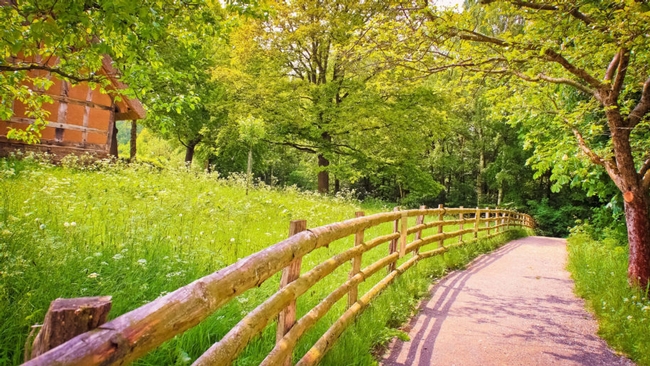
House in a meadow (wallpapers13.com)

CNPS logo (christineelder.com). https://www.cnps.org/
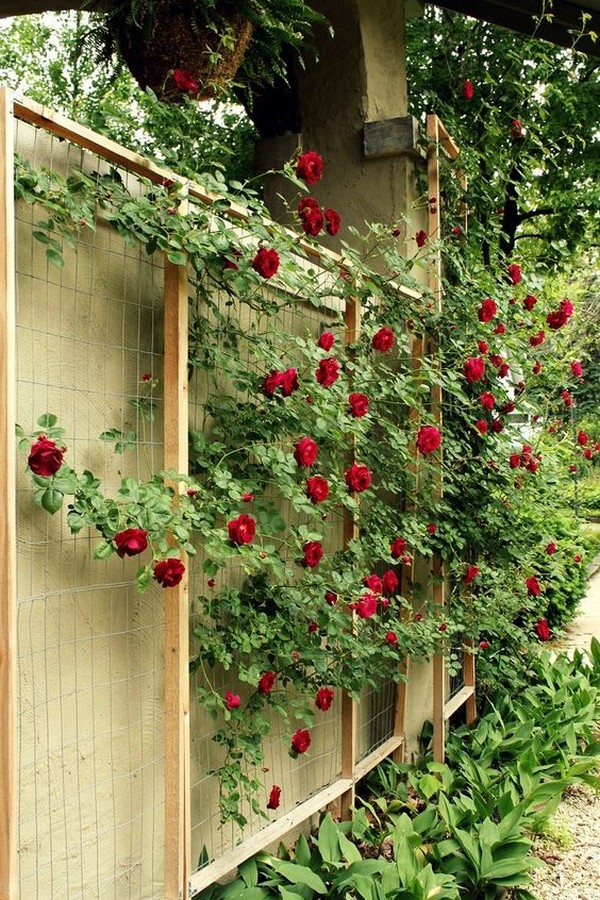
Climbing wild rose (gardeningsoul.com)
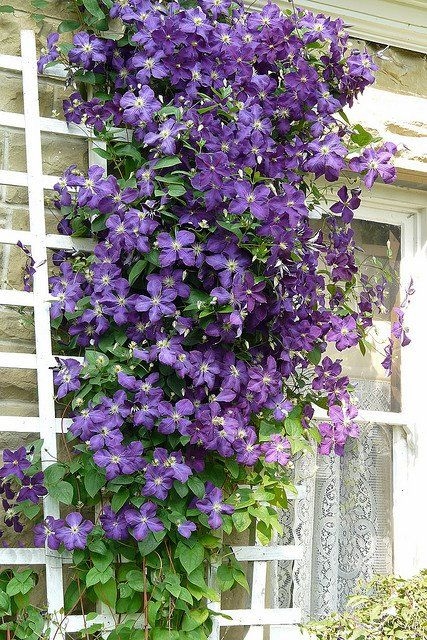
Wild clematis on trellis (pinterest.com)
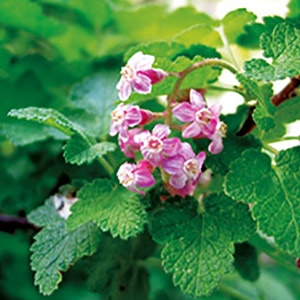
Flowering currant (arboretum.ucdavis.edu)
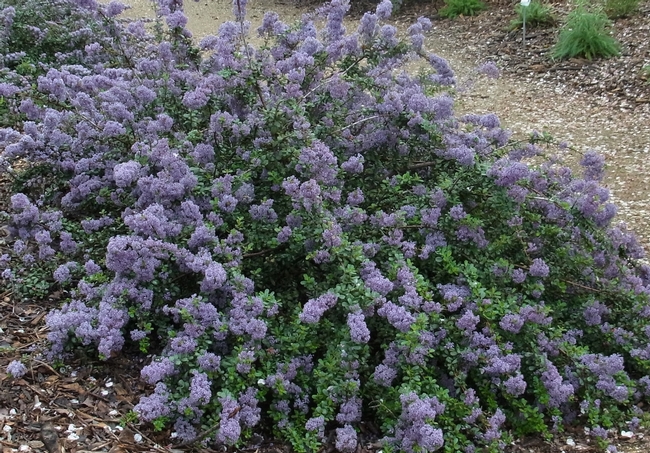
Ceanothus (ucanr.edu)
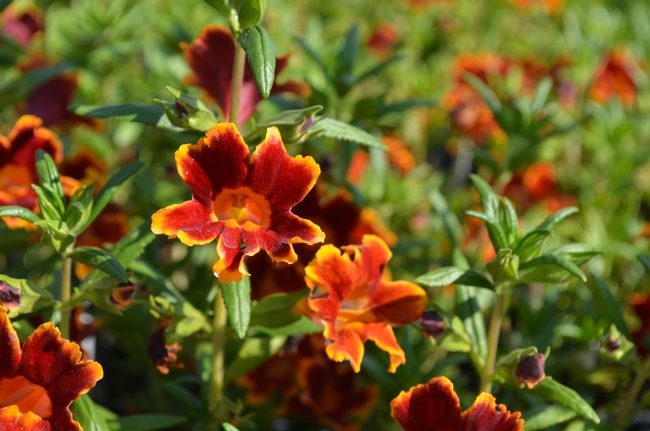
Monkey flower (arboretum.ucdavis.edu)
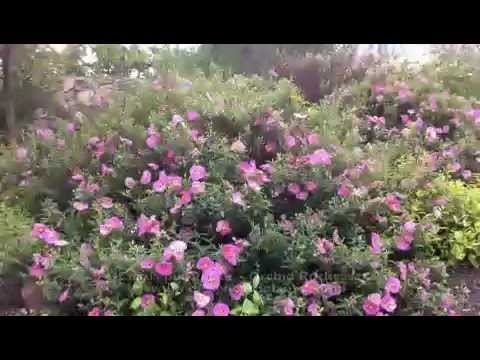
Rock rose (youtube.com)
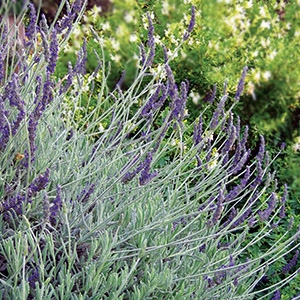
Lavender (arboretum.ucdavis.edu)
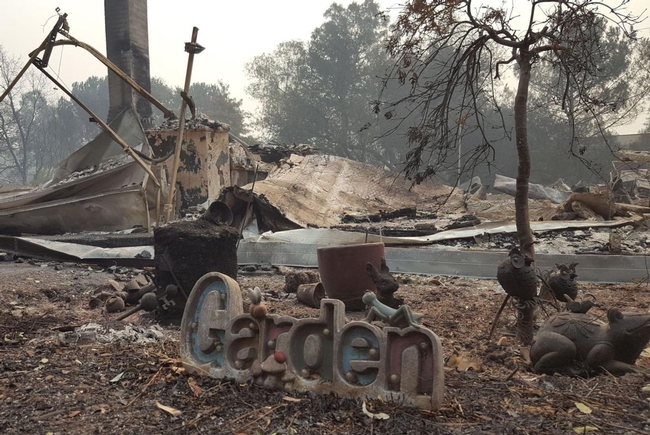
Atlas Peak aftermath (Napa Valley Register)
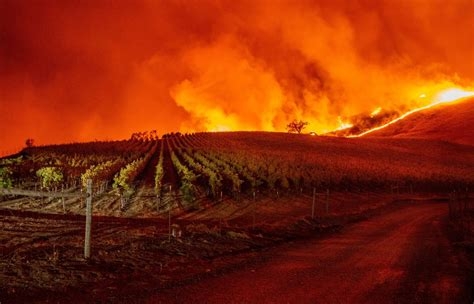
Wind driven flames (ktla.com)

Napa Firewise Logo (napafirewise.org) https://napafirewise.org/